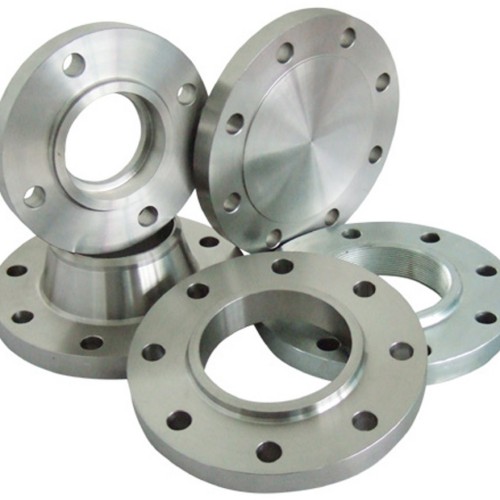90 degree electric actuator
Understanding 90-Degree Electric Actuators Features and Applications
Electric actuators have become indispensable in various industries due to their reliability, precision, and efficiency. Among the different types of electric actuators, the 90-degree electric actuator stands out for its specific functionality and application. This article delves into the features, workings, and applications of 90-degree electric actuators, providing a comprehensive understanding of this remarkable technology.
What is a 90-Degree Electric Actuator?
A 90-degree electric actuator is a device designed to convert electrical energy into mechanical movement in a controlled manner, specifically to achieve a quarter-turn motion. Unlike linear actuators, which produce straight-line motion, rotary or quarter-turn actuators rotate an object or mechanism through an angle of 90 degrees. This makes them ideal for applications where precise rotational movement is required, such as valve control, dampers, and various automation tasks.
Key Features
1. Electric Power Source Unlike pneumatic or hydraulic actuators, which rely on external fluid or air pressure, 90-degree electric actuators use electricity as their power source. This eliminates the need for traditional fluid systems, making them more environmentally friendly while reducing maintenance needs.
2. Precision and Control Electric actuators offer high precision in their movements. With advanced control systems and feedback mechanisms, they can be programmed to achieve specific positions within fractions of a degree, making them ideal for processes that require tight tolerances.
3. Fast Response Time The ability to achieve quick and responsive movements is crucial in many applications. 90-degree electric actuators can reach their designated positions rapidly, enhancing system efficiency and reducing downtime.
4. Compact Design Many 90-degree electric actuators come in compact designs, making them easy to install in environments where space is limited. Their efficiency in terms of size and energy consumption makes them ideal for modern industrial applications.
5. Durability and Reliability Built to withstand harsh conditions, many electric actuators include features such as weatherproof enclosures and robust materials. This durability ensures a longer lifespan and consistent performance, even in demanding environments.
How Does It Work?
90 degree electric actuator

The operation of a 90-degree electric actuator involves several components, including an electric motor, gear mechanism, and control system. When electrical power is supplied, the motor rotates the actuator's shaft. The gear mechanisms reduce the speed while increasing torque, allowing the actuator to perform heavy-duty tasks efficiently.
Control systems, which can be PLC-based or standalone controllers, dictate the movement of the actuator based on input from sensors or user commands. Some electric actuators also feature position feedback systems that allow for real-time data collection, ensuring the actuator can adjust to maintain desired positions accurately.
Applications
90-degree electric actuators find extensive use across various industries, including
- Water and Wastewater Treatment In these applications, actuators control the opening and closing of valves to manage water flow effectively.
- HVAC Systems Electric actuators are used to regulate dampers within heating, ventilation, and air conditioning systems to maintain desired environmental conditions in buildings.
- Oil and Gas These actuators control valves in pipelines, ensuring safe and efficient operation of fluid transfer systems.
- Manufacturing Automation In automated assembly lines, they are used to actuate machinery and equipment for efficient production processes.
- Food and Beverage Industry 90-degree electric actuators control mixing, heating, and packaging equipment, helping streamline production while maintaining hygiene standards.
Conclusion
In summary, 90-degree electric actuators play a vital role in modern automation and control systems. Their ability to deliver efficient, precise, and reliable motion makes them a preferred choice in various sectors. As technologies continue to evolve, the applications and functionalities of these actuators are likely to expand, paving the way for even greater innovation and efficiency in industrial operations. Understanding how they work and their diverse applications can help industries leverage these devices to enhance productivity and operational performance.
-
Why Choose a Brass Gate Valve for Superior Performance and DurabilityNewsMay.09,2025
-
Reliable Flow Control Begins with a High-Performance Flange Butterfly ValveNewsMay.09,2025
-
Reliable and Rugged: Why the Lug Type Butterfly Valve Is Dominating the MarketNewsMay.09,2025
-
Manual Gate Valve: A Comprehensive Look at Performance, Durability, and DesignNewsMay.09,2025
-
Engineered for Precision: Why the Stainless Ball Valve Sets a New StandardNewsMay.09,2025
-
Ductile Iron Valve: The Perfect Solution for Reliable Flow ControlNewsMay.09,2025
-
Compact Powerhouse: Why the Wafer Type Butterfly Valve Is an Industry FavoriteNewsMay.09,2025




